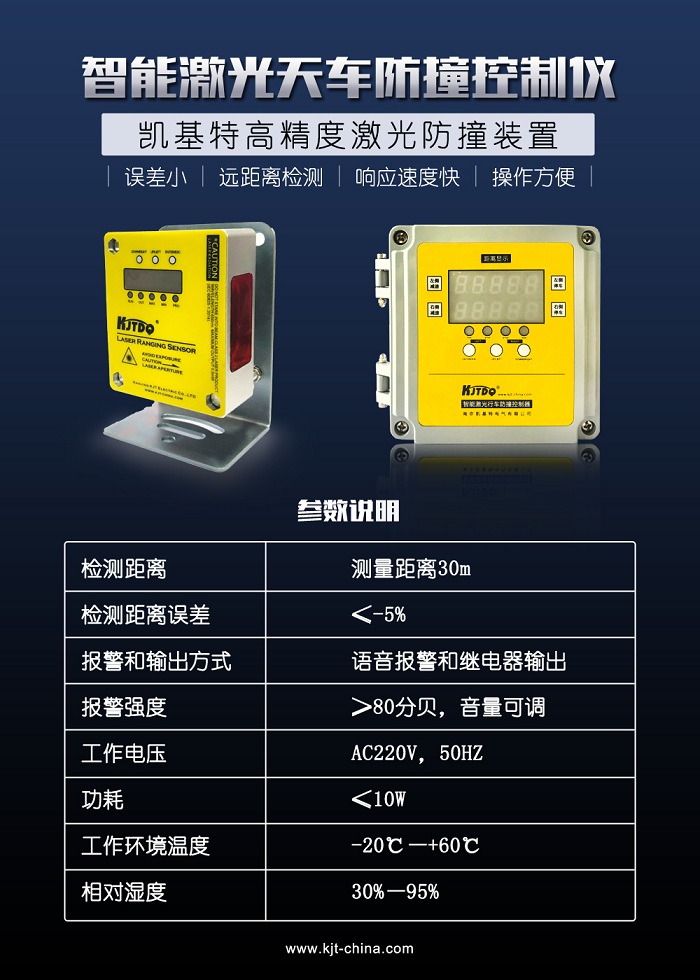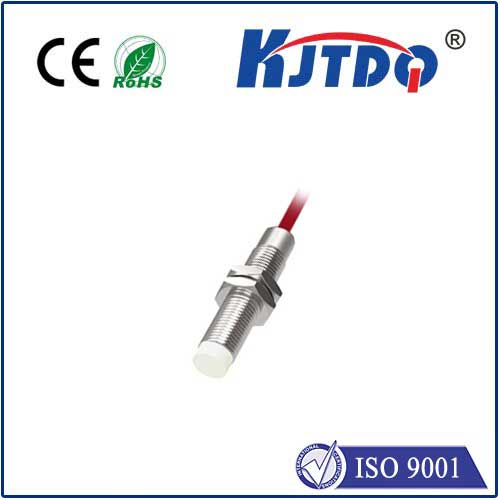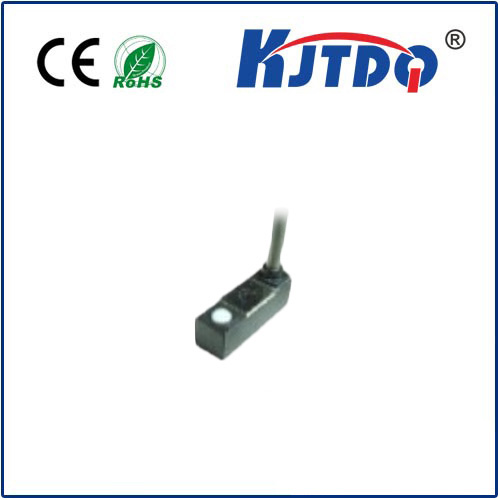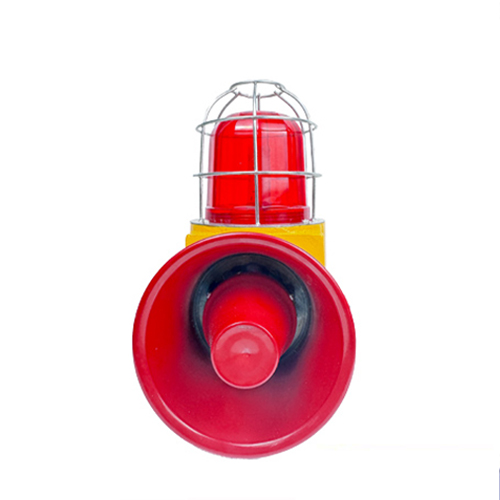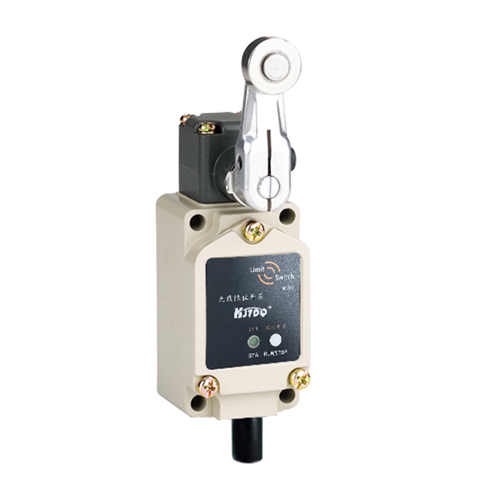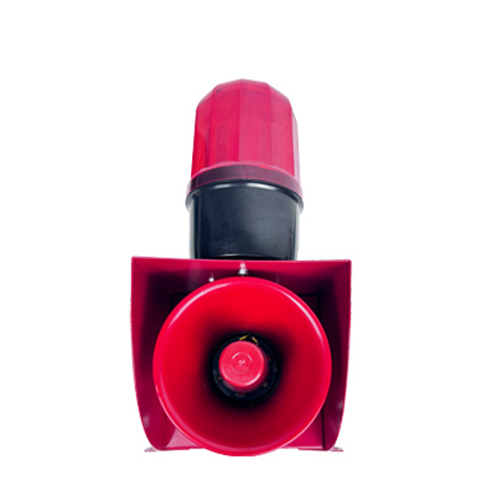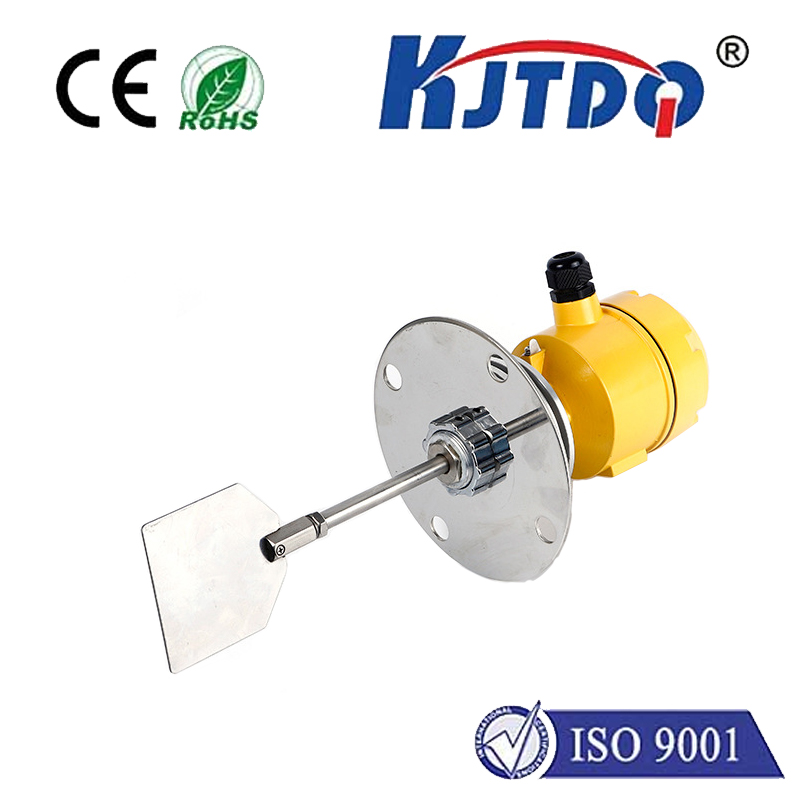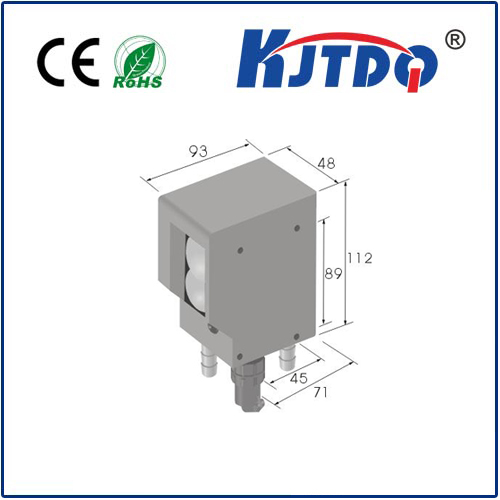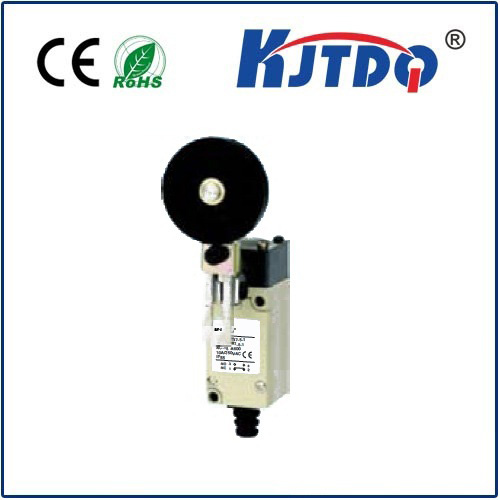Фотоэлектрический датчик с обратной поляризацией
- time:2025-07-25 00:05:09
- Нажмите:0
Polarized Retro-Reflective Photoelectric Sensors: Precision Detection Without False Triggers
Введение: Imagine a production line smoothly humming along. Bottles zip down the conveyor, cardboard boxes slide into position, metal parts rotate precisely. Suddenly, the unthinkable happens – a sensor misses a presence, causing a jam, or worse, it triggers falsely on a stray reflection, halting the line unnecessarily. For decades, unreliable object detection on shiny surfaces was a major headache. Enter the polarized retro-reflective photoelectric sensor: the engineered solution specifically designed to cut through the glare and deliver unwavering reliability where other sensors falter. This technology represents a significant leap in rejecting false signals and ensuring robust detection in challenging environments.
Understanding the Core Technology: Polarization Meets Reflection
At its heart, a polarized retro-reflective photoelectric sensor shares the fundamental principle of its non-polarized counterpart: it emits a light beam towards a dedicated retro-reflector. This reflector is designed to bounce the light directly back to the sensor’s receiver, regardless of the angle of incidence. Normally, when an object breaks this beam between the sensor and the reflector, the light path is interrupted, signaling the object’s presence. Sounds simple, right? The problem arises when the object itself is reflective. Shiny metal surfaces, glass containers, polished plastic – these can act like mirrors, bouncing the emitter’s light around the obstruction and back to the receiver. The sensor, fooled into thinking the beam path is clear, fails to detect the object. This is where polarization becomes the game-changer.
The Magic of Polarized Light: Cutting Through the Glare

Ordinary light vibrates in all planes perpendicular to its direction of travel. Polarized light, however, vibrates in only Один. specific plane. Here’s how polarization solves the shiny object dilemma:
- Polarized Emission: The sensor’s emitter projects light that has been linearly polarized – meaning the light waves are aligned in a single vibrational plane (e.g., vertical).
- The Retro-Reflector’s Secret: The specialized polarization-retaining retro-reflector is key. Unlike a simple mirror, this reflector is coated with a corner-cube prism array or uses a special film that rotates the polarization plane by exactly 90 degrees. So, vertically polarized light hitting the reflector is reflected back as horizontally polarized light.
- Polarized Reception: The sensor’s receiver has a polarizing filter (the analyzer) oriented to match the expected reflected polarization – in this case, the rotated horizontal plane.
- Rejecting False Signals: When the beam is unobstructed, the horizontally polarized light passes through the receiver’s horizontal analyzer, confirming “no object.” However, if a highly reflective object enters the beam, it acts like a simple mirror. This mirror-like reflection preserves the original polarization plane (vertical, in our example). Crucially, this vertically polarized light cannot pass through the receiver’s horizontally oriented analyzer. The sensor effectively ignores this specular reflection.
- Detecting Real Objects: When a non-reflective (diffuse) object breaks the beam, no light reaches the receiver (or the reflected light is unpolarized/scattered), triggering the “object present” signal reliably.
Why Choose Polarized Retro-Reflective Over Standard?
- Superior Glare Rejection: This is the prime advantage. Polarized retro-reflective sensors excel in applications involving detection near or on shiny surfaces (metal rollers, stainless steel tanks, polished machinery, glass bottles, foil packaging) where standard retro-reflective sensors would trigger erratically.
- Robust Detection in Difficult Environments: They reliably detect objects passing through areas with high background reflectance or stray light.
- Longer Sensing Distances: The focused beam and efficient reflector often allow for greater operating ranges compared to diffuse sensors facing similar challenges.
- Simpler Alignment Than Through-Beam: While Through-Beam (separate emitter/receiver) offers the ultimate detection reliability and range, polarized retro-reflective provides a strong alternative with easier alignment and only Один. unit to wire and mount (plus the reflector), making installation more efficient in confined spaces.
Key Applications: Where Polarized Retro-Reflective Shines
The unique ability to reject false triggers from shiny objects makes these sensors indispensable across numerous industries:
- Packaging & Bottling Lines: Detecting cans, glass bottles, or foil-wrapped items on conveyors without false triggering on the reflective surfaces.
- Automotive Manufacturing: Sensing metallic car parts (body panels, engines) on assembly lines or robotic welding cells.
- Перевозка материалов: Monitoring the presence of metal containers, pallets, or components on transfer lines.
- Printing & Converting: Detecting the leading edge of shiny paper or metallic film.
- Semiconductor & Electronics: Ensuring precise part placement on reflective carriers or trays.
- Machine Safety: Used as part of safety light curtains or area guards where false signals from nearby shiny surfaces must be eliminated.
Key Specifications and Selection Considerations
When choosing a polarized retro-reflective photoelectric sensor, focus on:
- Sensing Distance: The maximum reliable operating range between sensor and reflector.
- Light Source: Infrared (IR) is most common for long range and environmental immunity; visible red light aids alignment but may have shorter range/be prone to ambient light interference.
- Beam Pattern: Size and shape of the emitted light spot.
- Response Time: How quickly the sensor can react to an object entering/leaving the beam.
- Output Type: Discrete outputs (NPN/PNP transistor, relay) or analog options.
- Environmental Rating: Crucial for tough conditions – look for IP67/IP69K ratings for dust/water resistance, wide operating temperature tolerance, and immunity to vibration.
- Sync Options (if applicable): For multi-sensor setups to prevent crosstalk.
- I/O-Link Capability: Increasingly important for Industry 4.0 diagnostics and parameter adjustment.
- Reflector Size: Larger reflectors typically enable longer sensing distances.
Installation and Optimization Tips
- Secure Mounting (Sensor & Reflector): Ensure both are firmly mounted to prevent vibration-induced misalignment.
- Precise Alignment: Achieve the strongest signal strength during setup using alignment indicators (LEDs, audible tone, potentiometer, or software). Even small deviations can reduce range or reliability.
- Minimize Target Reflectivity Near Beam Path: While designed for shiny objects within the beam, highly reflective backgrounds outside the beam path can sometimes cause issues if not managed. Sensor mounting angle and potential shielding can help.
- Clean Optics & Reflector: Dirt, dust, or grime on the sensor’s lens or the reflector surface significantly reduces performance. Regular cleaning is essential.
- Understand the “Dead Zone”: The area immediately in front of the sensor where objects cannot be reliably detected. Refer to the datasheet.
- Leverage Sensitivity Adjustment: Fine-tune the receiver’s sensitivity to optimize signal strength for your specific application and environment, balancing stability against range.
Выводы
The polarized retro-reflective photoelectric sensor is a triumph of optical engineering, specifically designed to conquer the persistent challenge of detecting objects reliably in the presence of interfering reflections. By harnessing the power of polarized light and specialized reflectors, it delivers unparalleled stability and precision where traditional sensors fall short. For applications involving shiny targets like metal, glass, or foil packaging, or demanding environments prone to stray light and glare, this sensor type is often the most robust and reliable choice. It bridges the gap between the simplicity of standard retro-reflective sensors and the performance demands of challenging environments, making it an indispensable tool for countless automation applications demanding unwavering reliability and the elimination of costly false triggers.





